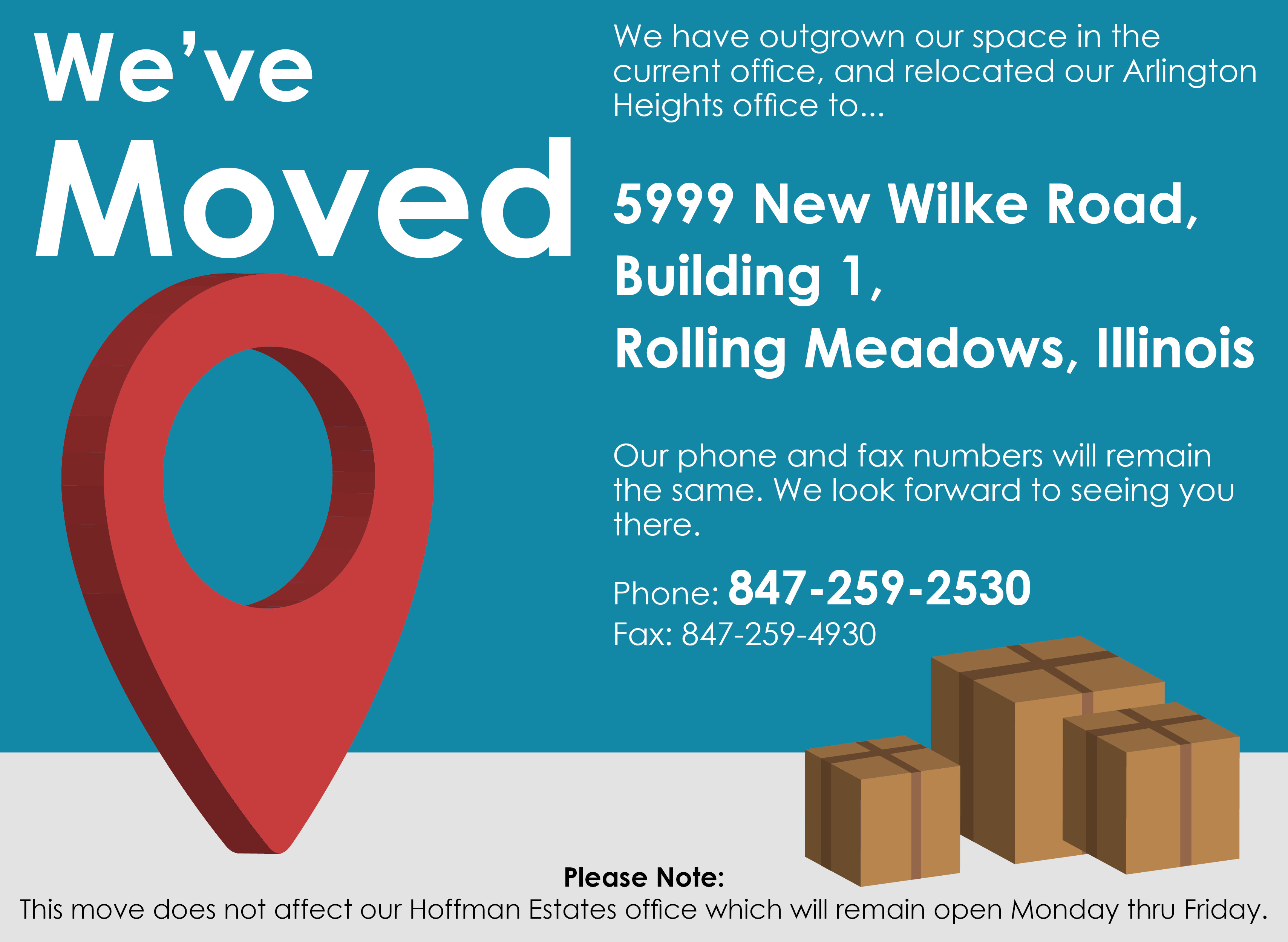HEARING LOSS
Hearing is a very complex mechanism. Sound waves enter your ear canal and vibrate the tympanic membrane (eardrum). The sound energy then gets transmitted through three small middle ear bones (ossicles) to the inner ear organ, called the cochlea. Lastly, the sound travels along the auditory nerve to your brain, where it is perceived as a noise. Disruption of any of these processes will lead to hearing loss.
If the hearing loss is caused by a problem with any structure before the cochlea, it is called a conductive hearing loss. Some reasons for a conductive hearing loss include: ear wax, a hole in the eardrum, fluid or infection in the middle ear, stiffness of the middle ear bones, or a cyst growing in the middle ear.
Problems with the cochlea and beyond are referred to as a sensorineural hearing loss. There are many different causes of sensorineural hearing loss. Most people lose some degree of hearing as part of the aging process. This age-related hearing loss is called presbycusis. The severity of hearing loss is likely influenced by genetics, previous exposure to excessive loud noise, and exposure to certain prescription medicines.
A mixed hearing loss is one that is both conductive and sensorineural. Generally, sensorineural hearing losses are irreversible; whereas, some conductive hearing losses may be amenable to surgical repair. Treatment of your hearing loss depends on the cause. It may be as simple as cleaning out ear wax, or as complicated as extensive surgery to correct infection, remove a cyst, or reconstruct the middle ear bones. In some cases, surgery is not an option, and hearing aids might be the best treatment. Hearing aids are effective for both conductive and sensorineural hearing losses.
